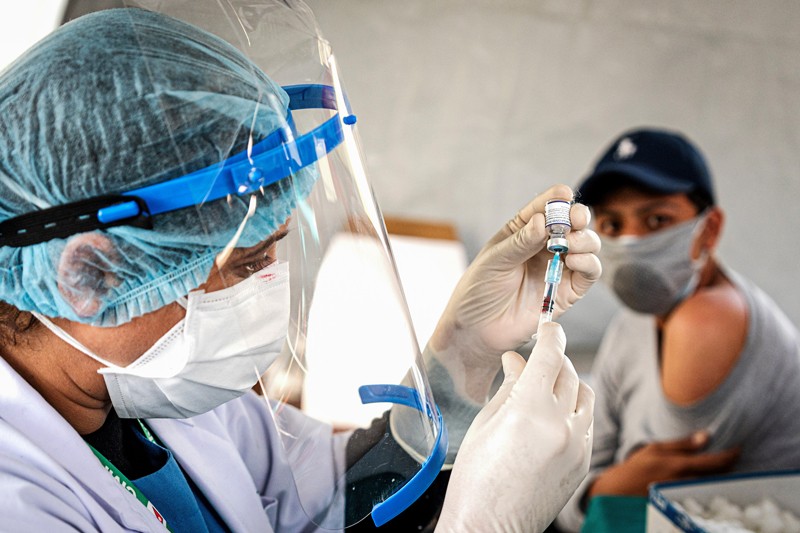Advance article preview
This manuscript has been peer reviewed and accepted for publication in Nature
and is provided in this format here as a response to the exceptional
public-health crisis. This accepted manuscript will continue through the
processes of copy editing and formatting to publication of a finalized
version of record on nature.com. Please note there may be errors present
in this version, which may affect the content, and all legal
disclaimers apply.
The recently emerged SARS-CoV-2 Omicron variant encodes 37 amino acid
substitutions in the spike (S) protein, 15 of which are in the
receptor-binding domain (RBD), thereby raising concerns about the
effectiveness of available vaccines and antibody therapeutics. Here, we
show that the Omicron RBD binds to human ACE2 with enhanced affinity,
relative to the Wuhan-Hu-1 RBD, and binds to mouse ACE2. Marked
reductions of plasma neutralizing activity were observed against Omicron
compared to the ancestral pseudovirus for convalescent and vaccinated
individuals, but this loss was less pronounced after a third vaccine
dose. Most receptor-binding motif (RBM)-directed monoclonal antibodies
(mAbs) lost in vitro neutralizing activity against Omicron, with only 3
out of 29 mAbs retaining unaltered potency, including the ACE2-mimicking
S2K146 mAb1. Furthermore, a fraction of broadly neutralizing
sarbecovirus mAbs neutralized Omicron through recognition of antigenic
sites outside the RBM, including sotrovimab2, S2X2593 and S2H974.
The magnitude of Omicron-mediated immune evasion marks a major
SARS-CoV-2 antigenic shift. Broadly neutralizing mAbs recognizing RBD
epitopes conserved among SARS-CoV-2 variants and other sarbecoviruses
may prove key to controlling the ongoing pandemic and future zoonotic
spillovers.






Post a Comment